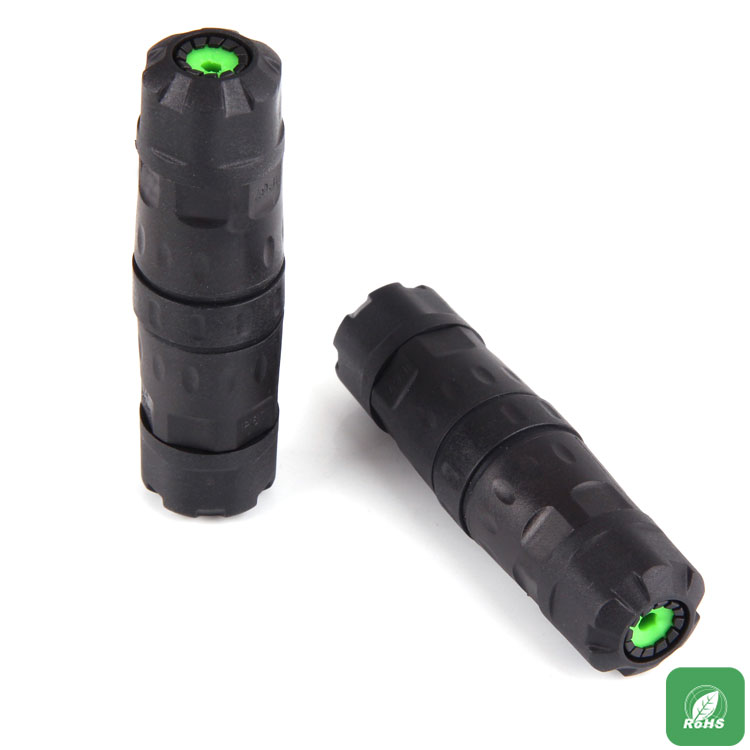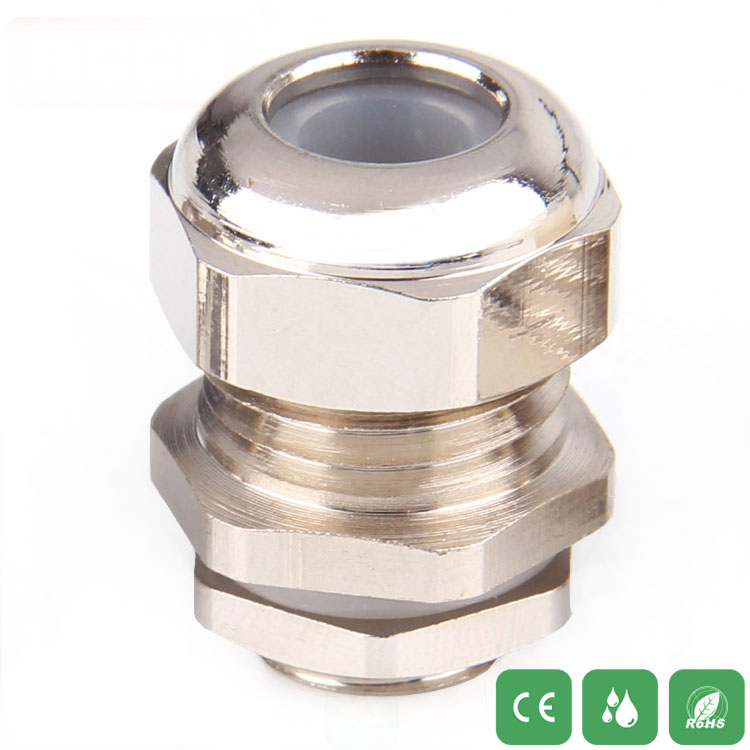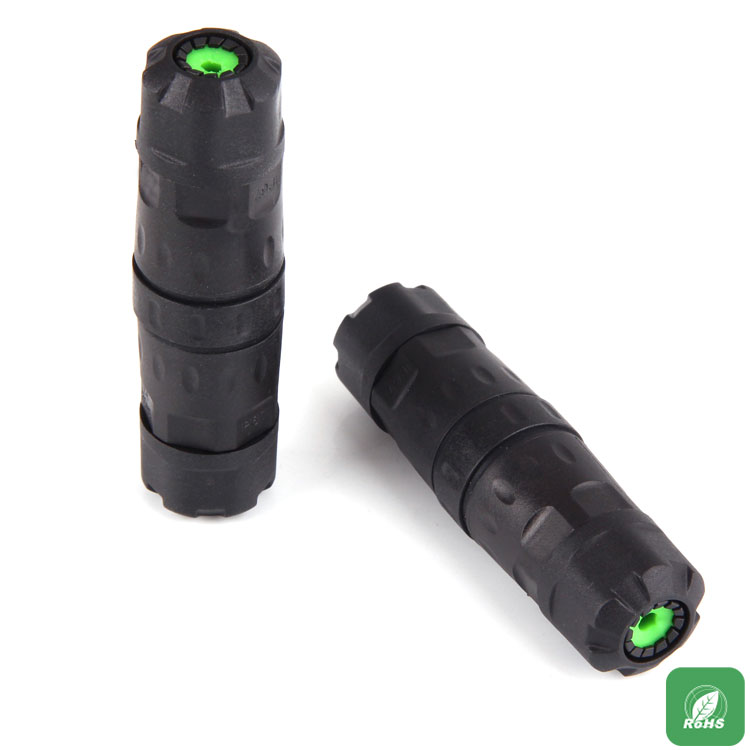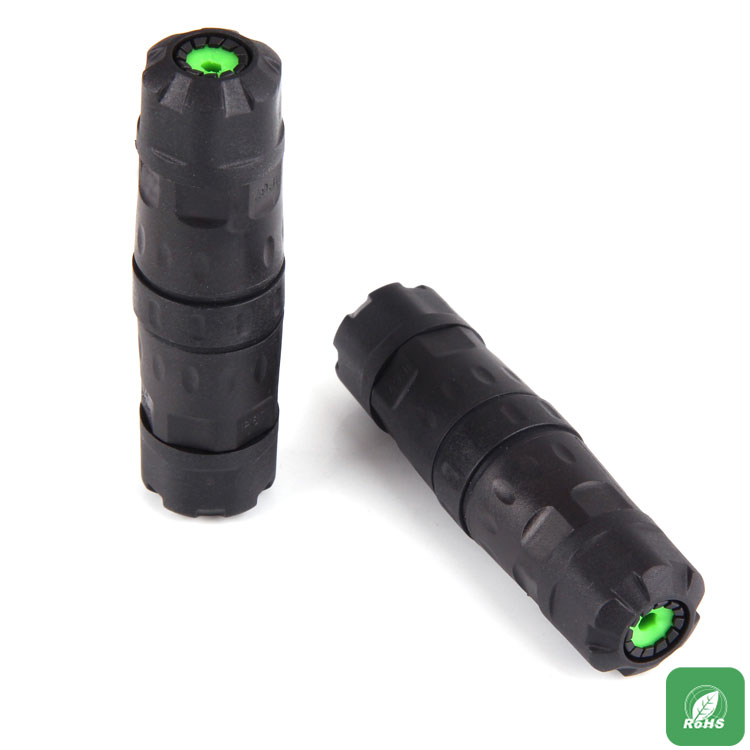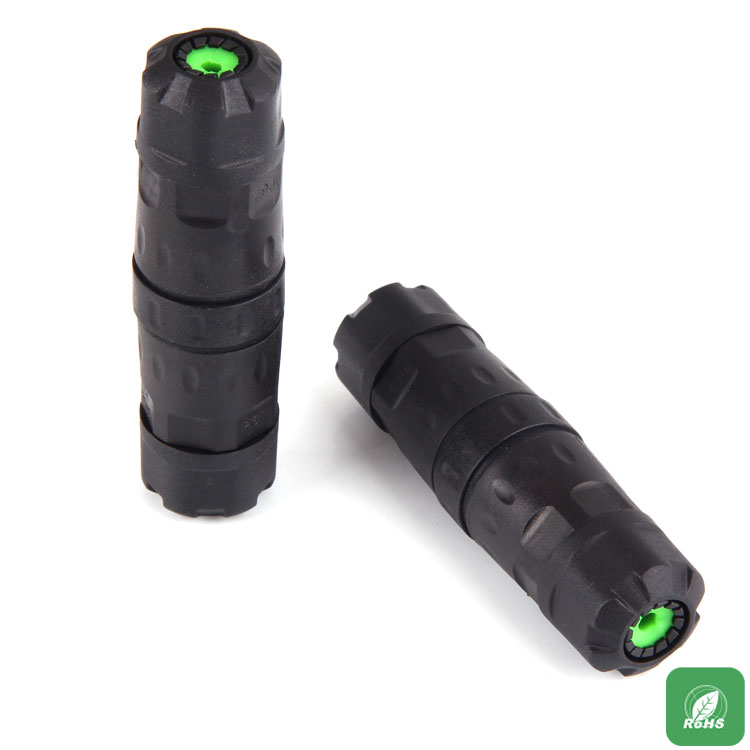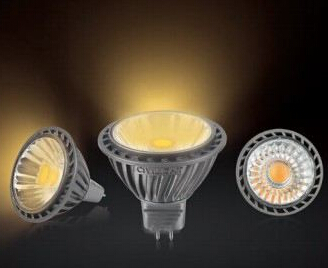It is a cool thing to say "yesterday" by controlling the switch of the electric light through the app on the mobile phone, or setting the light and darkness of the lamp as you like. It seems to be a bit OUT today. It is a popular new smart lighting game. The childish method is: shouting at the electric light, TA will do it.
This seemingly simple "voice control" actually implies a control link that is not simple - for example, home smart speakers collect your voice and transmit it to the cloud, and then undergo speech recognition processing and calculations. It is translated into a control command that the light can "understand" and issues it to the TA. This upgrade of the smart lighting experience depends on one reason - artificial intelligence (AI).
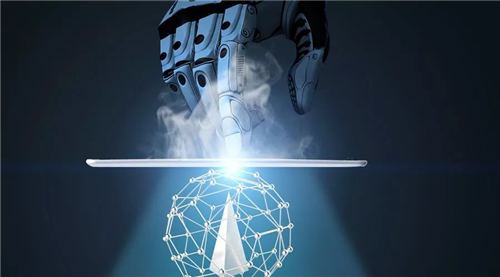
Some people divide the “realm” of smart lighting into three levels:
The first level is the initial stage of state awareness, automatic decision making and instant execution, allowing the luminaire to "act" according to the user's preset scenario.
The second level, based on the former, adds "real-time analysis" capabilities, which can be combined with more sensory data to make decisions. At this time, the user's instructions may be more "fuzzy", and the response of the lighting fixtures is even more Accurate
At the third level, intelligent lighting systems will have the ability to self-learn, able to more intelligently “guess” out the user’s preferences based on analysis and learning of big data, and give more personalized, more intimate lighting solution. What artificial intelligence can do is to promote intelligent lighting to continuously "cultivate" and upgrade to the realm of the third level.
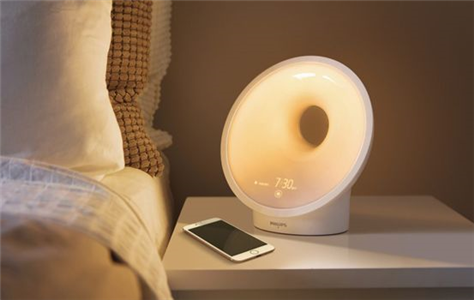
Added networking capabilities to access the IoT - this is evident from Connected in its name
AmbiTrack sensors are integrated on the back of the luminaire to track humidity, temperature and brightness, and to record “destructive” noise during the night.
Integrate with Philips SmartSleep ecosystem, control smart wake-up and other functions, provide sleep environment improvement suggestions based on the technology's user sleep data.

The first is more perception. The reason why artificial intelligence is "smart" is that big data is trained. To make the lights more aware of the owner's mind, it will inevitably require a large amount of data to support it. In the future, temperature, humidity, sound, face, heat maps, etc., may all become data sources that rely on smart lighting, thereby training a lighting system with big data analysis, smart recognition, and user behavior prediction. For example, illuminating the car when the car is near in a garage, or changing the lighting color matching when the crowd density is high improves the user experience. Therefore, the fusion of sensor technology and lighting is the trend of the future.
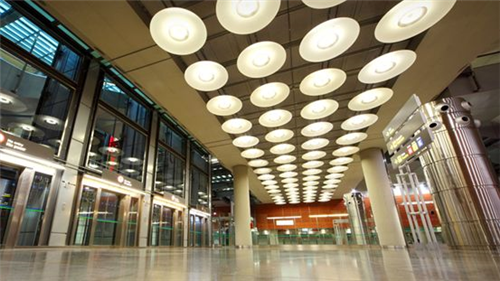
Second, it is an essential interconnection. In the primary stage of intelligent lighting products, Internet access through wireless Internet access is mainly to receive control commands from the cloud; in the era of artificial intelligence, lamps also need to collect and upload their perceived environmental data, and the demand for “connection” functions is more For complexity. The choice of wireless interconnection scheme is not right or wrong, and the suitability of the scheme is the key. For example, Bluetooth Mesh may be more suitable for home use, ZigBee has more use cases in industrial and commercial scenarios, and LPWAN has more advantages in remote public setting management... In short, more demand will be for various wireless interconnection protocols and smart lighting marriage. Bring more opportunities.

Again, there is a “brain” that governs intelligent lighting. This should be a combination of hardware with sufficient computing power and optimized algorithm software that is responsible for analysis, judgment, decision making, and learning. This "brain" can be in the cloud, or at the edge of the network - such as integrated in the luminaire, or in the local gateway - so that intelligent lighting products have their own local analysis and decision-making, learning and upgrading capabilities, and achieve faster the response to. Therefore, from the perspective of future intelligent lighting positioning and product form, TA may no longer be an isolated product, but is closely integrated with the entire home, or commercial, industrial application system system solutions.
It can be said that familiar with these technical paths, combined with specific application scenarios, you are not far from having an intelligent lighting solution in the era of artificial intelligence (at least "quasi-AI").
















 RCCN WeChat QrCode
RCCN WeChat QrCode Mobile WebSite
Mobile WebSite